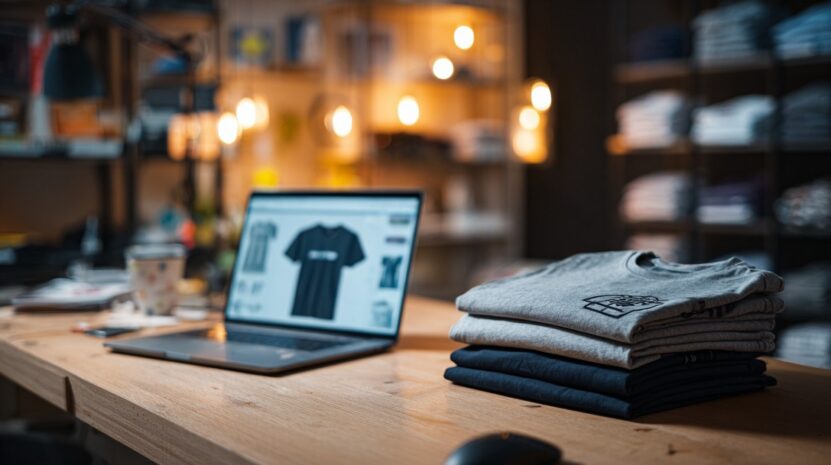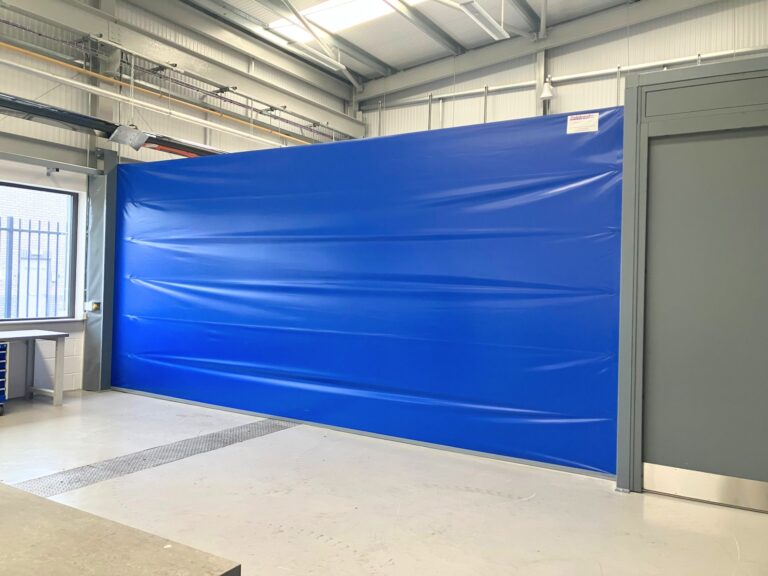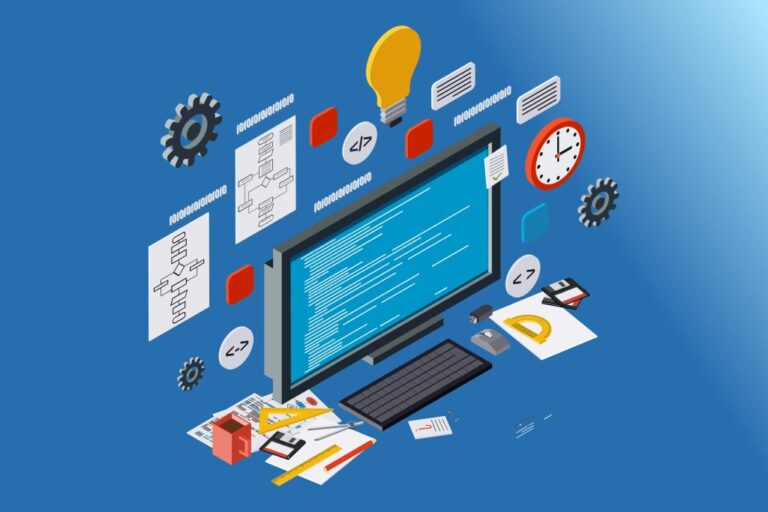If you want to launch your merch line but you don’t have a designer (or the budget to hire one), the good news is – you absolutely can.
Plenty of successful merch brands start with zero design experience and grow through resourcefulness, creative tools, and community feedback.
The key is to use design platforms and print-on-demand tools that let you build quality products without needing to open Adobe Illustrator or pay someone for mockups.
Step 1: Nail Your Niche and Audience
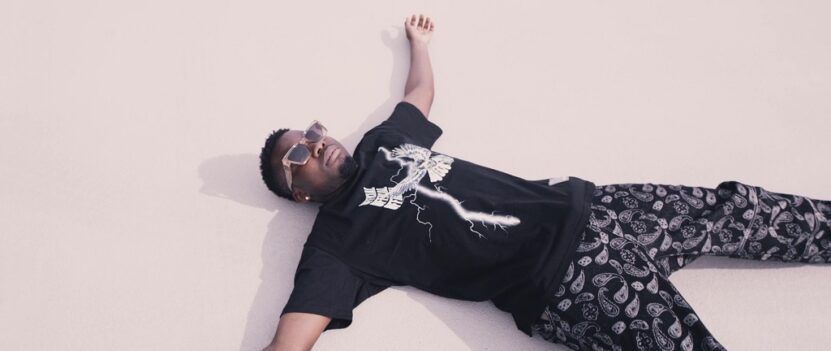
Before you even touch a T-shirt mockup, get clear on who you’re designing for and what your brand stands for. Merch that sells well often taps into one of three things:
- Identity (e.g., gamer merch, gym culture, vegan lifestyle)
- Humor or memes (funny phrases or pop-culture references)
- Emotional connection (nostalgia, values, causes)
You don’t need a massive audience, but you do need a clear message. Even small creators or niche communities can sell merch successfully if the designs speak directly to their people.
| Niche | Why It Works Without Design Experience |
| Dog lovers | Simple paw prints, phrases like “Dog Mom AF.” |
| Gym and fitness culture | Bold fonts, minimalistic icons, lifting slogans |
| Coding or tech humor | One-liners, terminal-style text |
| Mental health awareness | Clean text-based affirmations |
| Astrology | Symbol-based art, simple constellation graphics |
Step 2: Use Free or Low-Cost Design Tools
You don’t need Photoshop. Tools like Canva, Placeit, and Kittl let you design T-shirts, hoodies, mugs, and more with drag-and-drop simplicity. Many platforms offer pre-sized T-shirt templates and even licensing-safe icons and fonts.
| Tool | Best For | Notable Features |
| Canva | Text-based designs, social promos | Templates, commercial fonts, easy export |
| Kittl | Retro/vintage or badge-style art | Smart text effects, scalable vector quality |
| Placeit | Mockups + quick product visuals | Realistic product previews in context |
| Creative Fabrica | Icons, SVGs, and ready-made assets | Great for commercial fonts and bundles |
Step 3: Print-On-Demand Platforms Make it Easy
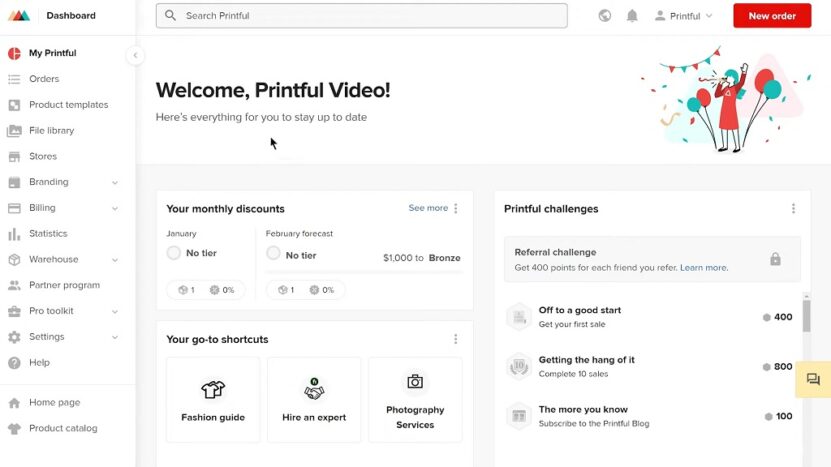
If you want to skip logistics and start selling right away, use a print-on-demand (POD) platform like Printful, Printify, or Gelato. These services connect your designs to physical products and fulfill everything automatically – from printing to shipping.
| Platform | Integration Options | Best For |
| Printful | Shopify, Etsy, WooCommerce | Higher-quality items, global reach |
| Printify | Etsy, eBay, Wix | Wide supplier network, competitive prices |
| Gelato | Shopify, Wix, WooCommerce | Fast delivery in Europe & North America |
| TeeSpring (Spring) | YouTube, Instagram | Social media merch, built-in storefront |
https://www.youtube.com/watch?v=y52g9pNY_38&pp=ygUaUHJpbnQtT24tRGVtYW5kIFBsYXRmb3JtcyA%3D
All you do is upload your design, set your price, and promote it. These services take a cut of each sale, but there’s no need to buy in bulk or handle shipping yourself.
Step 4: Customize With Personalization Options
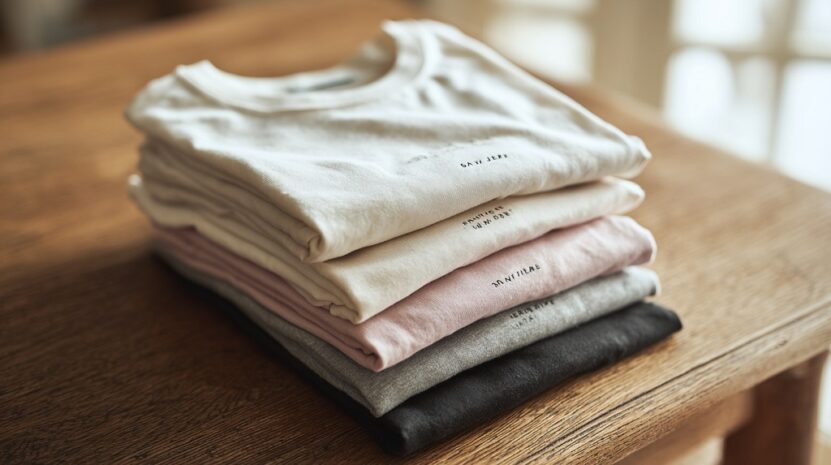
One advantage of running your merch is flexibility. You can create multiple variations of the same design – color swaps, slogans, or styles – without needing new artwork. This is especially useful if you’re catering to communities who love inside jokes, limited drops, or name personalization.
Here’s where custom screen printed shirts can be a game-changer. While most POD platforms use direct-to-garment printing, platforms like Custom Ink or RushOrderTees offer screen printing at competitive prices, especially if you’re ordering in batches of 12–50 pieces.
Screen printing results in richer, longer-lasting colors, and it’s ideal for merch drops, giveaways, or events.
For creators who want better control and product consistency, mixing POD for general sales with custom screen printed shirts for limited-edition runs gives the best of both worlds. Use POD for testing, and screen printing for scaling.
Step 5: Build Your Storefront (or Use a Marketplace)
You can either host your store or sell through an existing platform:
| Option | Pros | Cons |
| Etsy or Amazon Merch | Built-in traffic, no hosting needed | Competitive, limited control |
| Shopify or WooCommerce | Full control, custom experience | Monthly fees require setup & promotion |
For beginners, Etsy is a great place to test if your designs sell. If you already have an audience (email list, Instagram, Discord), use Shopify or Ko-fi Shop to own the full customer journey.
Step 6: Promote Like a Creator, Not a Brand
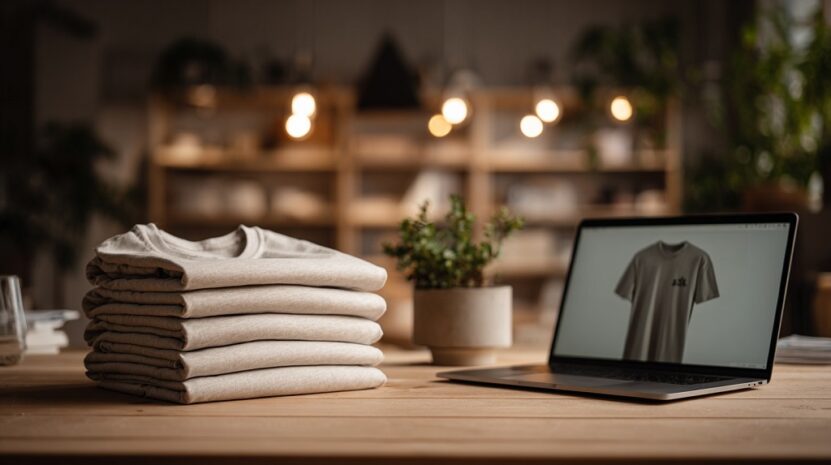
People buy from people, not logos. Share behind-the-scenes moments of your design process. Show yourself wearing the shirt. Ask your audience which slogans they’d wear. Use stories, polls, and mockups to build hype before you launch.
Simple Promotion Ideas That Don’t Cost Money:
- Instagram Reels showing mockups being made
- TikTok voiceover explaining your first design.
- E-mail teaser: “Something I’ve been working on for you guys.”
- Reddit or Discord community polls on favorite slogans
This type of organic promotion builds emotional investment – and that sells better than any ad.
Step 7: Track What Sells (and Learn from It)

Once your merch line is live, the real work begins – not in designing more, but in understanding what’s working and why.
The biggest mistake new sellers make is uploading 10 designs and treating them all equally. In reality, a few designs will drive most of your sales – and those are your blueprint for success.
How to Track What’s Working:
- Use your platform’s analytics. Printful, Etsy, and Shopify all give detailed stats on which designs get the most clicks, add-to-carts, and conversions.
- Track by design variation. If you upload the same phrase in black and white versions, keep them listed separately. This helps identify which colors or formats your audience prefers.
- Pay attention to abandoned carts. These show interest with hesitation. Maybe your price is too high, or shipping looks slow. Adjust and test again.
| Signal | What It Tells You |
| High views, low sales | Good idea, weak execution or bad pricing |
| Steady daily sales | Organic demand – worth running ads or variations |
| Popular among friends/followers | Test with polls or new phrases based on feedback |
| Multiple sizes selling evenly | Shows it’s a broad design, not tied to a narrow niche |
Once you find a design that’s outperforming the rest, double down. Create a new version with a twist. Put the slogan on hoodies or tote bags.
Test alternate fonts or colors. You’re not just guessing anymore – you’re iterating based on data.
Also, don’t be afraid to retire underperforming designs. It keeps your shop clean, makes you look more curated, and helps focus buyer attention on your best work.
By treating your merch line like a feedback loop instead of a one-time launch, you’ll naturally evolve your offerings and grow a real, wearable brand – even without a designer behind you.
Final Thought
Starting a merch line without a designer is not just possible – it’s often how many creator brands begin. With the right tools and a clear niche, you can launch your first product in a weekend. Focus on bold, simple designs that your audience will want to wear. Test with POD platforms and evolve based on real feedback.
As your sales grow, you can invest in pro designers, custom screen-printed shirts, and even bulk orders to improve your margins. But you don’t need any of that to begin.

